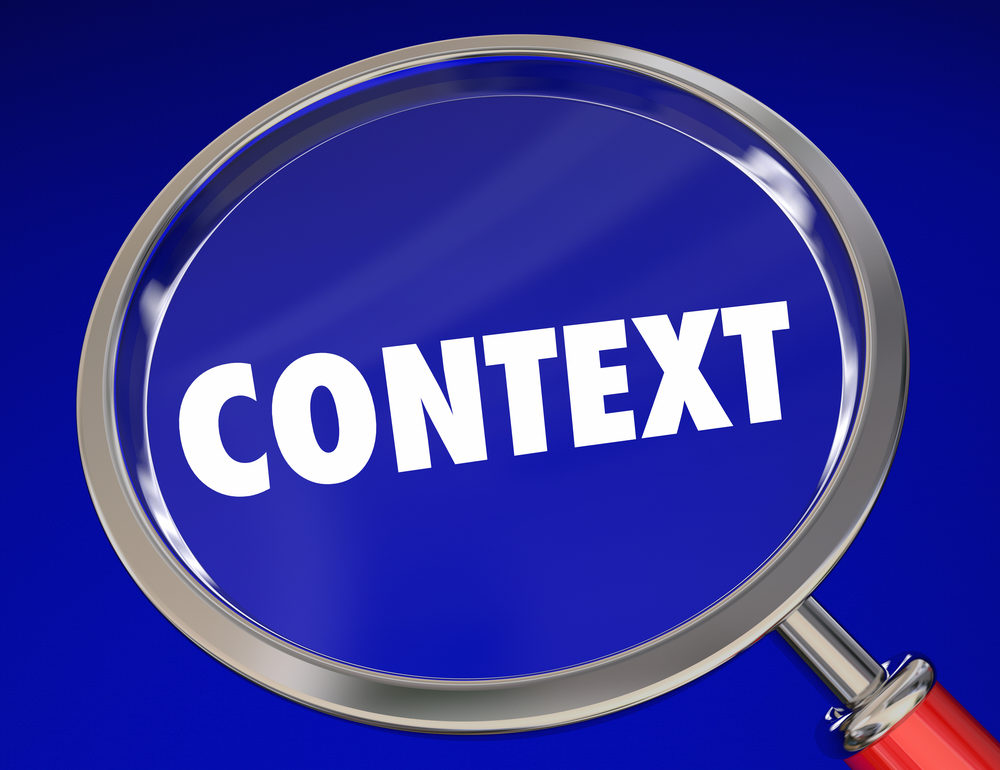Strategy is one of those words that is often overused and frequently misused. What do we really mean by strategy and what is its real purpose? In our book Beyond Default my co-author and I argue that the real purpose of strategy, particularly corporate strategy, is to change the trajectory of an organization, from one leading it to its ‘default future’ to one that takes it to an improved future. By default future we mean the place your organization will end up if you take no action other than that currently planned. This definition of strategy is equally valid for individuals, communities, societies and countries as it is for organizations.
The process of defining strategy therefore involves understanding what the default future might be, and more importantly the forces that are determining the current trajectory. Some of these forces are exogenous in that they originate from outside your organization and thereby outside your control. Examples include global economic trend, regulation, climate change and demographics. Others will be endogenous as they originate from within your organization and are therefore under your control. Examples include organizational structure, processes, IT systems, organizational capabilities, mindset and governance.
Understanding context is key
The influence of exogenous and endogenous forces individually and collectively define the context within which you and your organization operates. The influence of some of these forces can be so strong that they can ‘anchor’ your organization to its current trajectory – and the default future it will bring. This ‘anchoring’ effect is often missed or ignored when change and transformation programs are designed and implemented – often resulting in more than 90% of them failing to achieve their target outcomes. Only by understanding the influence of these forces can informed choices be made on the actions that need to be taken to weaken the influence of some and eliminate others. Equally, some of these forces could have a positive impact in ‘pulling’ the organization onto its chosen trajectory.
Context can change
The influence of exogenous forces particularly can change over time and thereby change the context within which an organization operates – and with it its default future. The implication of this is that an organization’s default future could significantly change – for the better or worse – without its leadership taking any action other than that currently planned.
The question therefore is how can successful strategies be developed if the influence of exogenous forces – that are continually changing the context within which your organization operates – are not understood? They can’t. Developing strategy without this understanding can, at best, optimise what’s currently in place, or at worse put the organization on a trajectory that leads to a worsening default future.
The future is already out there
Understanding how the context of your organization will change over time is not the same as predicting the future. It’s about understanding the influence of existing and emerging exogenous forces and the impact they might have on your organization’s future. It’s also important to note that these forces don’t emerge or change overnight, they evolve over time and there are clues out there for us to find and interpret. In the words of the writer William Ford Gibson, “The future is already here, it’s just not very evenly distributed”.
Understanding the changing context is a key aspect of leadership
Understanding how the context is changing is a key aspect of leadership. Without this understanding it’s impossible to understand what your organization’s default future might be or make informed choices on the trajectory it needs to take – which is the essence of strategy development. Unfortunately corporate history is littered with organizations whose leaders failed to confront their default future until it was too late. Examples include Blockbuster, who failed to see how broadband would allow people to stream movies into their homes; Kodak, who failed to see how digital photography would devastate the demand for photographic film, and Filofax, who failed to see how the mobile phone would become the online personal organiser.
Understanding how the context within which your organization operates is changing is key to developing successful strategy. If we are serious as leaders about improving the future of our organizations – and we must – it’s important that we make the right informed choices about the trajectory it should take. This can only be done if we understand how our context is changing. If we don’t, the success rate of strategies will not improve, effort will continue to be wasted, wealth will be lost and the livelihoods of people will be compromised.

